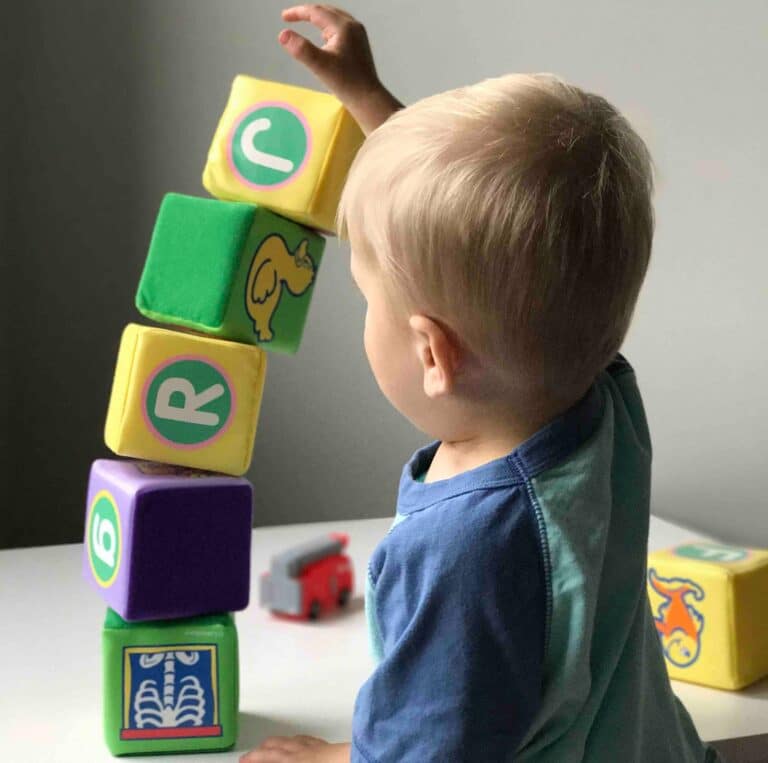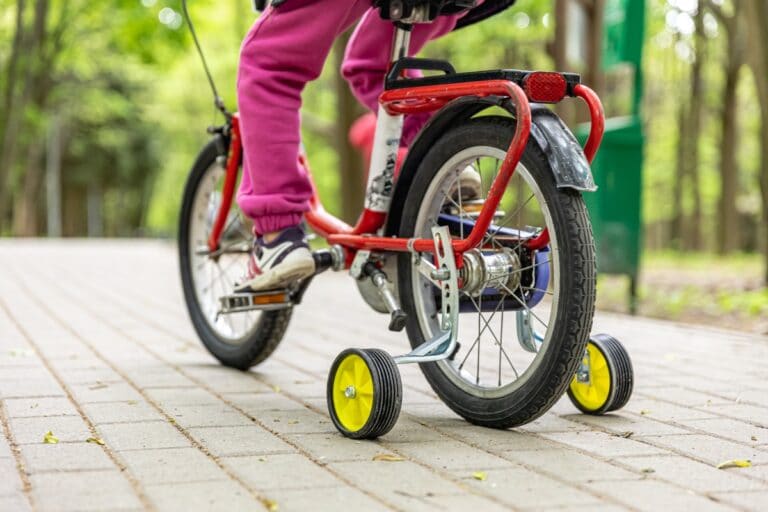Baby helmets are designed for treating unusual head shapes. Premature babies, for example, are more likely to have an elongated skull. A baby helmet can help correct the head shape and prevent potential problems as the child grows older. In some cases, a baby’s head shape may be too small for their age, which can also lead to health concerns. A baby helmet can help ensure that the child’s brain and skull are protected.
This baby helmet therapy is also known as a cranial orthosis. It’s a type of headgear that helps treat and prevent problems with the shape of a baby’s head. Some babies have flat head syndrome, which can result in misshapen skulls. To get a baby’s skull shape back to normal, doctors often prescribe helmets. This physical therapy helps babies avoid long-term problems, such as developmental delays.
Baby helmets are usually made of soft materials, such as foam or gel. They’re designed to be comfortable for your baby to wear and easy for you to put on. No matter the reason, though, one thing is certain: babies who wear helmets benefit from them in several ways. In this article, we’ll take a closer look at why babies need helmets and how you can you know when your child needs them?
In This Article
Why do babies need helmets?
As we said above babies wear helmets when they are born with an abnormal skull shape. Helmet molding therapy is a type of treatment that can help improve the shape of a baby’s skull fuse. Babies wear helmets for a certain amount of time each day this will help the baby’s skull become more normal. There are many reasons why a baby skull may not be normal. Sometimes, babies are born with small head sizes (microcephaly). Other times, the bones in a baby’s skull may not grow correctly (craniosynostosis).
In some cases, the baby’s brain may not be growing as it should (hydrocephalus). Helmet therapy is a safe way to help improve the shape of babies’ skulls. Generally, a flat spot on a baby’s head (plagiocephaly) goes away on its own as the baby starts to crawl and walk. However, if your baby has a severe case of plagiocephaly, helmet therapy may be needed. Helmet therapy is not only used for babies with abnormal skull shapes. Some babies also need helmets if they have a tight neck (torticollis) or if they are premature.
Moreover, the benefits of helmet therapy are two-fold. First, it can help improve the appearance of babies skull. Second, and more importantly, it can help improve brain development. By correcting the shape of the skull, helmet therapy allows for a better baby’s brain development. For your baby’s growing brain, it is very important to have a normal skull shape.
Helmet therapy is often the last resort for babies with abnormal skull shapes. In early infancy, skull deformities are common, and most resolve without treatment. However, if your baby’s head shape does not improve over time or gets worse, be sure to talk to your doctor. Your doctor can help you decide if helmet therapy is the best option for your baby or not. Additionally, there are also surgical treatment options for babies with abnormal skull shapes. However, surgery is a more serious option and should only be used if other treatments have failed.
What causes a baby to wear a helmet?
As we said above the abnormal head shape is caused by different problems. Such as premature birth, difficulties during labor and delivery, a lack of oxygen to the child’s head, or genetic abnormalities. For their brain growth and development, it is crucial that your little baby skull bones shape is normal. If it is not, then the baby might have problems with learning, crawling, and walking. There are many reasons why a baby might need a helmet and below we have outlined the most common ones.
1. Craniosynostosis
This is when the bones in a baby’s skull join together too early. This can cause an abnormal head shape and put pressure on the brain. If left untreated, it can lead to problems with brain development, seizures, and blindness. Sometimes to get rid of this disease you should need cranial surgery for your child. As well as cranial orthotic therapy which is using a custom-made helmet. Most babies who have this disease will need to wear a helmet for up to 23 hours a day.
2. Positional plagiocephaly
Positional plagiocephaly is when a baby’s head is flat on one side. This can be caused by the baby spending a lot of time lying down in the same position or because of problems during labor and delivery. Some babies grow out of this problem as they get older, but others might need a helmet to help correct the head shape. Flat head syndrome is the most common reason for a baby to wear a helmet. Positional plagiocephaly usually only lasts for a few months, but sometimes it can last up to 2 years.
3. Brachycephaly
This is when a baby’s head is wider than it is long. This can be caused by problems during labor and delivery, a lack of oxygen to the baby’s brain, or genetic abnormalities. If left untreated, it can lead to problems with vision and hearing. Some babies might need surgery to correct this problem. But for most babies, wearing a custom-made helmet will help to reshape their heads.
4. Scaphocephaly
Scaphocephaly is a premature fusion of the sagittal suture. This is the main seam that runs down the center of the baby’s head from front to back. If this happens, it can cause the head to be long and narrow. It can also lead to problems with brain development and vision. Scaphocephaly can be caused by genetic abnormalities or by intrauterine growth restriction (IUGR). IUGR is when the baby does not grow at a normal rate in the womb. This can be caused by many different things such as maternal diabetes, maternal hypertension, or substance abuse. Scaphocephaly can also be caused by premature birth or delivery complications. Babies with this condition will usually need to wear a helmet for 20 hours a day.
5. Hydrocephalus
Is a condition where there is too much cerebrospinal fluid in the brain. This can cause the head to become larger than normal and put pressure on the brain. If left untreated, it can lead to problems with brain development, seizures, and blindness. Treatment for this usually involves surgery to remove the excess fluid and relieve the pressure on the brain. Some babies will also need to wear a helmet to help keep their head shape normally. As well as birth canal constraint therapy which is using a custom-made helmet and is helpful for your child’s head shape.
6. Meningomyelocele
Meningomyelocele is a type of neural tube defect. It occurs when the baby’s spinal cord and surrounding membranes protrude out through an opening in the baby’s back. This can cause problems with the development of the spinal cord and nerves. If left untreated, it can lead to paralysis, muscle weakness, and difficulties with bowel and bladder control. Surgery can often fix this problem, but for some babies, doctors prescribed wearing a helmet.
How long does a baby have to wear a helmet?
A baby has to wear a helmet for as long as their doctor recommends. Every case is different and it depends on the baby’s condition. Generally, a baby has to wear a helmet for about 23 hours per day for around 3 to 6 months. This physical therapy is important for their brain development. For parents, their child’s progress is an important aspect of their life.
Though there are many benefits for a baby to wear a helmet. One benefit is that it prevents further injury to the brain. It also helps the brain heal and can improve the function of the brain over time. Additionally, wearing a helmet can improve the appearance of the head and face.
However, there are some risks associated with wearing a helmet. The most common risk is that the baby may develop a rash or other skin irritation from the helmet. Furthermore, the baby may become fussy or uncomfortable when wearing the helmet. So, it is important for parents to weigh the pros and cons of their baby wearing a helmet. If they believe that the benefits outweigh the risks, then they should follow their doctor’s recommendations and have their baby wear a helmet.
The Conclusion
Babies need helmets because their skulls are soft and malleable, which can lead to deformities if they aren’t protected. A baby’s skull is about 80% softer than an adult’s skull. This allows the brain to grow during infancy and childhood. Helmets protect a baby’s head by absorbing some of the impacts in case of a fall or collision. As we said above whatever the reasons are a baby needs a helmet it’s important to provide that protection. We hope this article has helped you understand the importance of helmets for babies and why they need them. If you have any queries or suggestions then feel free to reach us through a comment section below.











